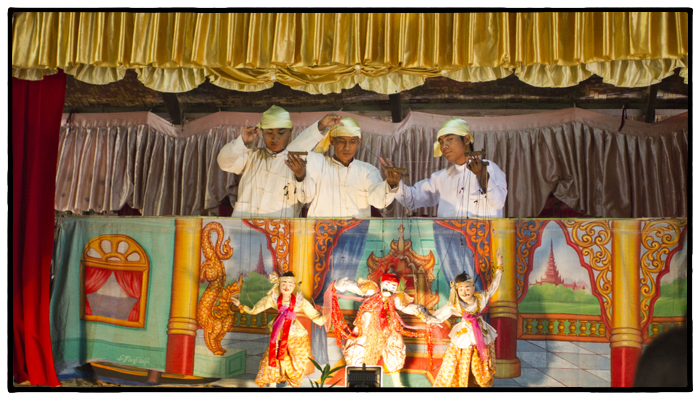Dozens of vendors at the base of the Shwesandaw Pagoda selling postcards, young coconuts, bottled water, and, most bizarrely, pirated copies of George Orwell’s Burmese Days, covered in plastic sleeves.
The dirt road leading to the temple is lined with tour buses and the air is thick with the red dust thrown up by all the vehicles hurrying to get here before sunset. The dust lightly covers my arms and hair and gets in my nose and mouth.
I climb. The first couple of levels are not too bad. You just have to keep reminding yourself to take your time. Even if there are people right behind you. By the third level I am slightly out of breath. The steps become narrower, the hold more tenuous. I decide to depart from the stairs I am on and make a quarter turn along the parapet, looking for a new, less busy way up. By the fourth level, each step has become a challenge. Raise my left leg high, shift and steady my planted foot, lift while lunging forward with my body, trying not to rely too much on the thin, rusty handrail that seems only half-set in to the concrete steps. Pull too hard on this, I think, and one would immediately fall backwards and fly off the temple to the red dirt below.
Panting, sweating, feeling a little vertigo, I finally reach the final level. Get away from the edge, lean against the warm stone wall, catch my breath. And look out.
Magnificent. Red earth. Dry green fields. Palm and tamarind trees framed by the hazy silver-grey of distant mountains. And all around, hundreds and hundreds of brick-colored temples. A sight so other-worldly it seems certain that it must come from a dream. Truly one of the most stunning sights I’ve ever seen.










Recent Comments